These 9 Amazing Rubber Plant Benefits and Facts will make this houseplant a must-have in your indoor plant collection!
Rubber plants (Ficus elastica) are revered not only for their lush, glossy leaves but also for their remarkable benefits and intriguing facts. As popular houseplants, they not only enhance indoor aesthetics but also purify the air and offer unique insights into the world of botanical wonder. More than being a manageable plant, there are many Rubber Plant Benefits when you grow it indoors, and some of them are listed below.
Have a look at the rubber plant care here
1. Inexpensive to Grow
Rubber plants are not only cost-effective to grow but also readily available for purchase. You can propagate them easily from cuttings and find established rubber plants for sale in various nurseries and online marketplaces. This accessibility makes it convenient to add these elegant and low-maintenance houseplants to your indoor collection, whether you’re a seasoned gardener or a novice looking to enhance your living space.
Find cheap gardening tricks for keeping your garden thriving here
2. Low Maintainance Plant

The rubber plant is not very needy and grows on neglect. It’s adaptable to low light conditions and shade until it’s receiving bright indirect light. It needs infrequent watering cycles, slightly moist soil, and little fertilization. When planted in potting soil with a lot of organic matter, it won’t require supplemental feeding for a long time.
If you are looking for rubber plant varieties, see here
3. No Allergic Properties

It’s seen in many cases that houseplants initiate an allergic reaction in their owners. The reason is the sensitivity to pollen grains present in the blooms. As rubber plant does not produce pollens, this won’t cause any allergic complications. That makes it a perfect choice for business outlets, hospitals, and other places.
Look at the houseplants good for your lung health here
4. Waxy Colorful Foliage
One of the amazing ficus elastica benefits is its leathery foliage, which is slippery to the touch. The waxy nature of the leaves makes them easier to clean by wiping. Apart from that, this feature makes this houseplant more aesthetic indoors. Not to mention that new rubber plant leaves have a shade of mahogany and green color. Don’t forget to check out why your indoor plants die often.
Are you worried about rubber plant leaves curling? Check here
5. Large Tropical Houseplant
The grand stature of rubber plants can help you bring the tropics indoors. With time, these plants grow tall, even in the containers, and look almost like miniature trees. Also, check out some other popular large houseplants here.
Here are the best tropical plants with orange blooms
6. Removes Pollutants
According to NASA clean air study, some houseplants remove pollutants from the air, and the rubber plant is one of them. It was observed that the rubber plant reduced formaldehyde from the surrounding air. Apart from VOCs, it also removes carbon dioxide and carbon monoxide from the surroundings.
Read amazing spider plant benefits here
7. Large Leaves
The leaves of the rubber plant are exceptionally large and glossy compared to other houseplants, which makes it desirable, just like the fiddle leaf fig. Also, due to the large surface area of the leaves, this plant can absorb indoor air pollutants efficiently.
Want to grow big-leaf outdoor plants? Check here
8. Easy to Propagate
The ease of propagation is a notable benefit of rubber plants. Propagating a rubber plant is a straightforward process, typically done through stem cuttings. You can snip a healthy branch, allow it to root in water or soil, and watch it grow into a new plant. This simplicity makes it an ideal choice for both experienced gardeners and beginners, as it offers the opportunity to expand your collection or share the plant with others.
Rubber plants readily take root, which means you can create multiple specimens from a single parent plant without requiring advanced horticultural skills or extensive resources. This convenience is a valuable advantage for plant enthusiasts.
9. Used in Feng Shui
In Feng Shui, the rubber plant is believed to bring positive energy and balance to the environment. Its round leaves symbolize wealth and prosperity, while its vibrant green color represents vitality and growth. Placing a rubber plant in the wealth or prosperity area of your home or office is thought to attract financial abundance. Additionally, the plant’s ability to purify the air and create a harmonious atmosphere aligns with the principles of Feng Shui, promoting a sense of well-being and positive chi.
Look at the unlucky plants to avoid indoors here


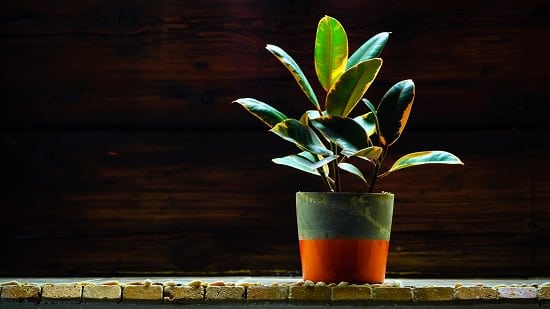
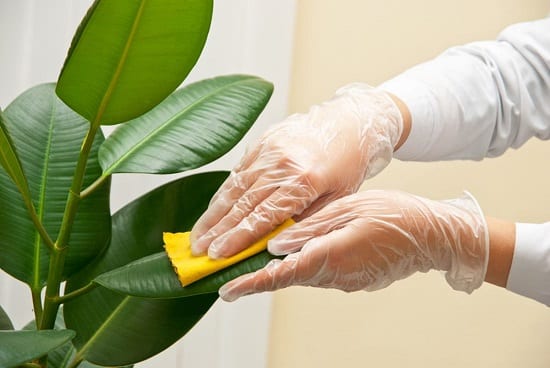
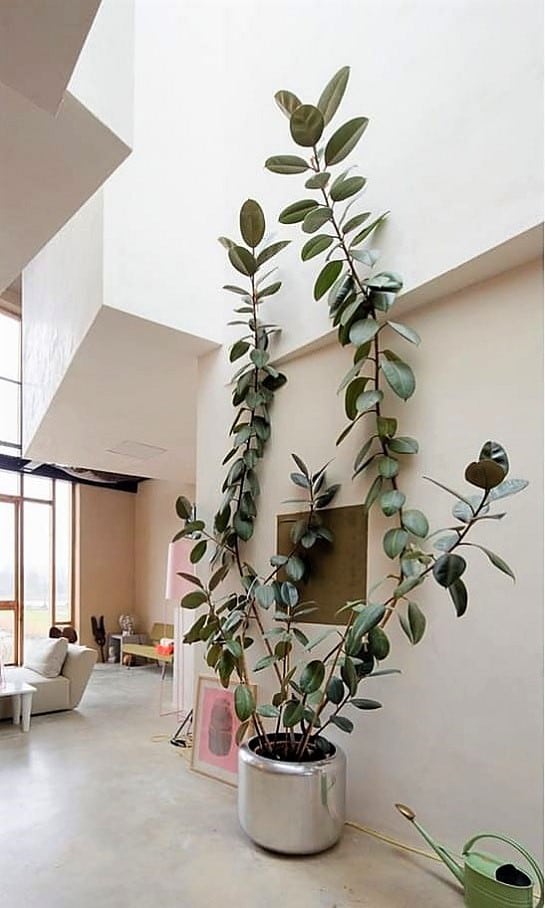
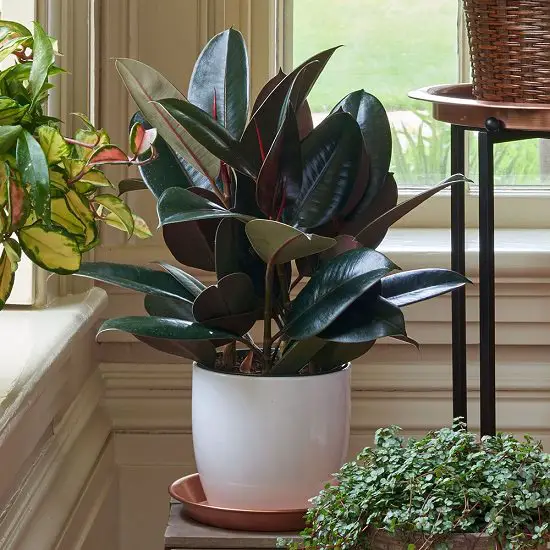
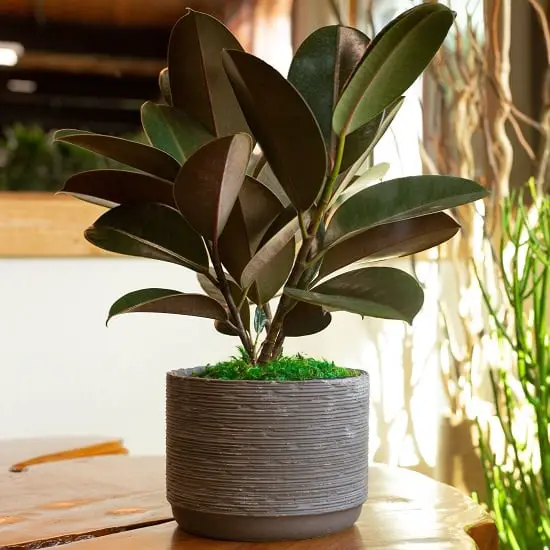

Thank-you for the info.
Are rubber plants as sensitive as the ficus Audrey or fiddle leaf fig when moving to different location in the home such as leaf dropping?
Not that I’ve noticed. I’ve moved my ruby around and it does fine.
Plus, these plants look utterly adorable. Thank you so much for the post. And yes, most of us do not realize that houseplants can remove pollutants. I think everyone should grow them.
Amazing that these rubber plants can absorb air pollutants and can be indooor plants. very useful info. thanks